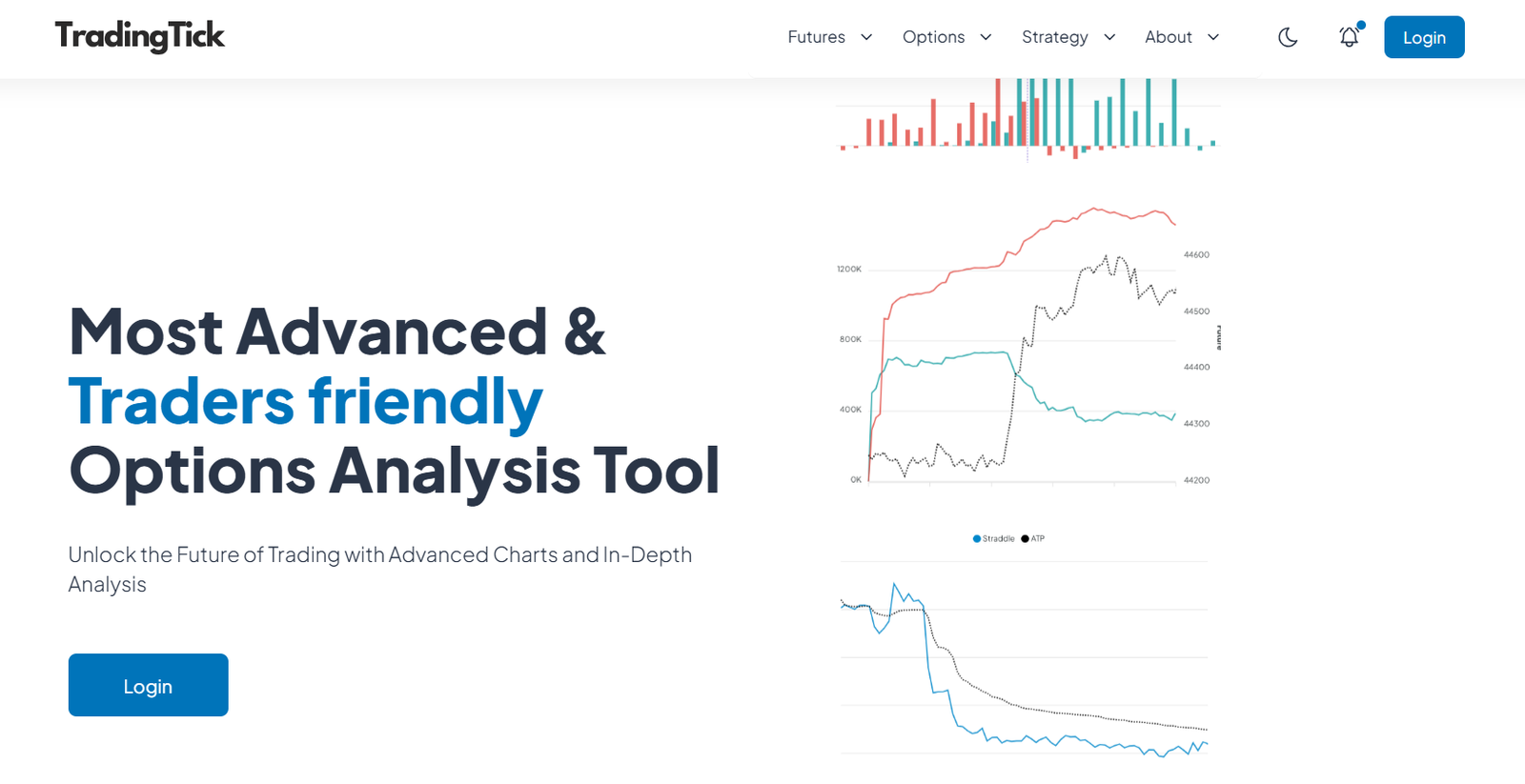The Indian stock market is expected to continue its growth trajectory in the coming years, driven by several key factors, including strong GDP growth, increasing foreign investments, and transformative government policies. Below is an analysis of future predictions and trends for the Indian equity markets:
Key Predictions for the Next 1-5 Years
- Growth in Benchmark Indices:
- BSE Sensex is predicted to touch 100,000 by 2028, driven by robust earnings growth and increased foreign direct investment (FDI). For 2024, it could close near 74,000 in a base case or surge to 86,000 in a bull-case scenariobusiness-standardfortuneindia.
- Nifty 50 is likely to scale 28,000 by mid-2025, underpinned by economic reforms and sectoral expansionsbusiness-standard.
- Economic Drivers:
- India’s GDP is expected to grow at a steady 6-7% annually, supported by favorable demographics, digitalization, and infrastructure investments.
- Increased domestic consumption and global supply chain diversification will position India as a key player in manufacturing and exports.
- Sectoral Growth Areas:
- Green Energy and EVs: Investments in renewable energy and electric vehicles (EVs) will accelerate as India transitions to a low-carbon economy. Companies like Tata Power and Reliance Industries are well-positioned to benefit.
- Healthcare and Pharma: Rising healthcare expenditure and export growth in generics are expected to boost profitability in the sector.
- Technology and Digitalization: With a focus on AI, cloud computing, and 5G, IT services and telecom sectors will see sustained growth.
Investment Trends
- Shift to Domestic Consumption:
- Rising income levels and urbanization will fuel growth in consumer discretionary and retail sectors. Stocks in FMCG and e-commerce are expected to outperform over the long term.
- Large-Cap Dominance:
- Large-cap stocks are predicted to outperform mid- and small-cap peers in the short term due to their ability to withstand macroeconomic shocks.
- Foreign Portfolio Investments (FPI):
- FPIs are likely to increase, particularly in infrastructure and financial sectors, as political and economic uncertainties subside.
Risks and Challenges
- Geopolitical Tensions: Any escalation in global conflicts or trade wars could impact commodity prices and market sentiment.
- Global Recession: A slowdown in the U.S. or European markets might reduce foreign capital inflows.
- Climate Risks: Extreme weather conditions and sustainability concerns could disrupt traditional industries.
Conclusion
The Indian stock market is positioned for steady growth, supported by robust domestic demand, increasing global relevance, and technological advancements. Strategic investments in sectors such as green energy, healthcare, and technology could yield significant long-term returns. However, investors must remain vigilant about global macroeconomic uncertainties and diversify their portfolios to mitigate risks.






